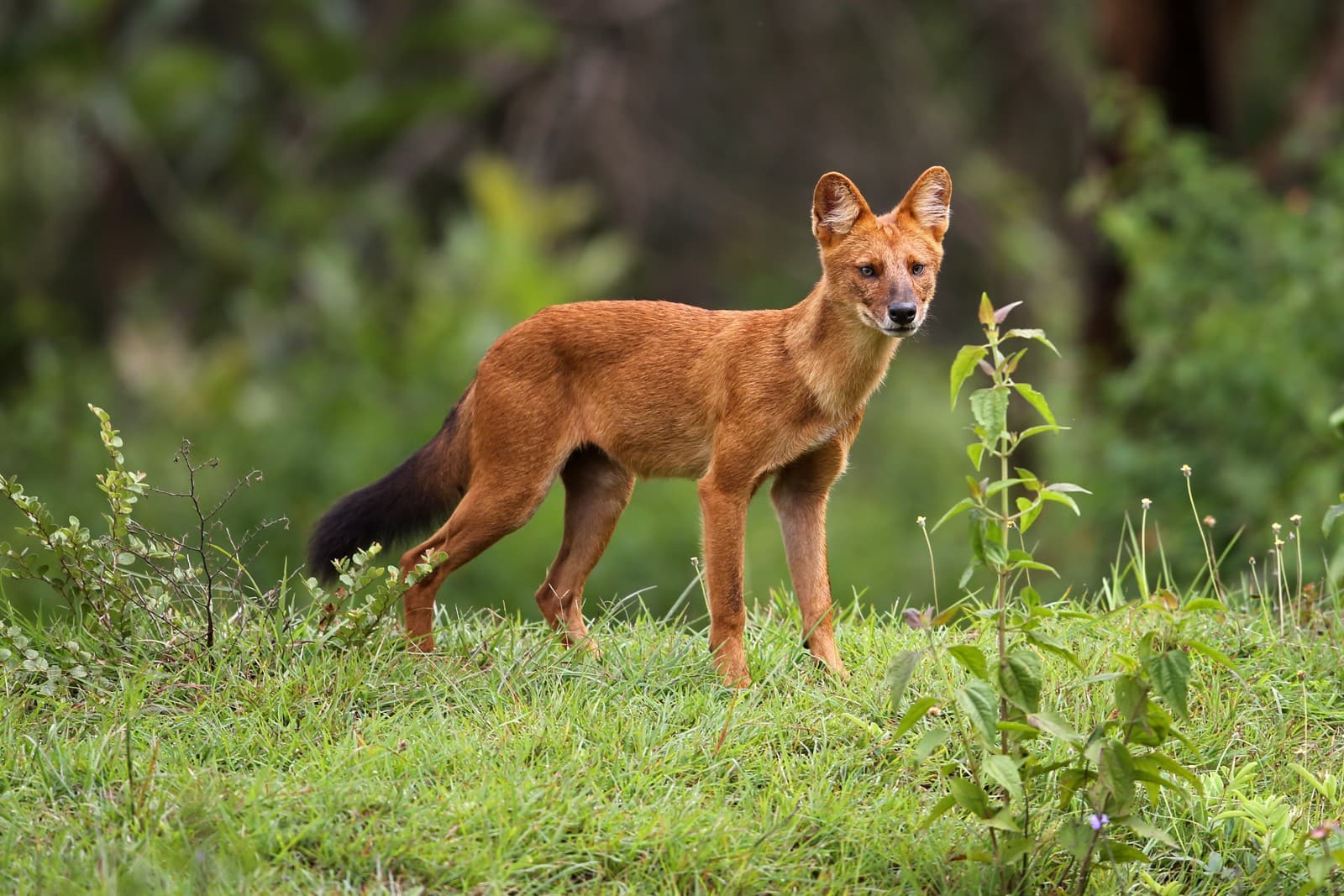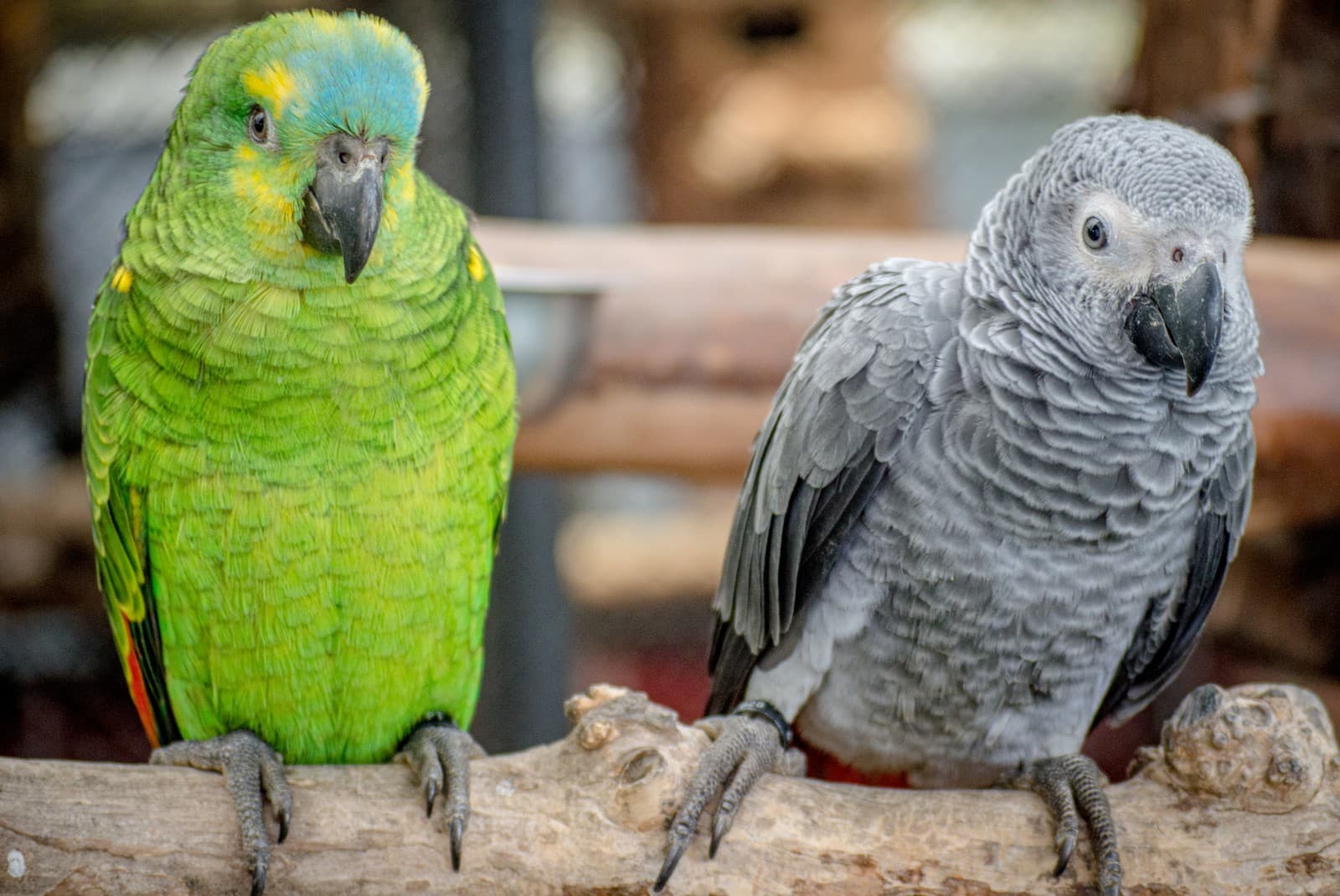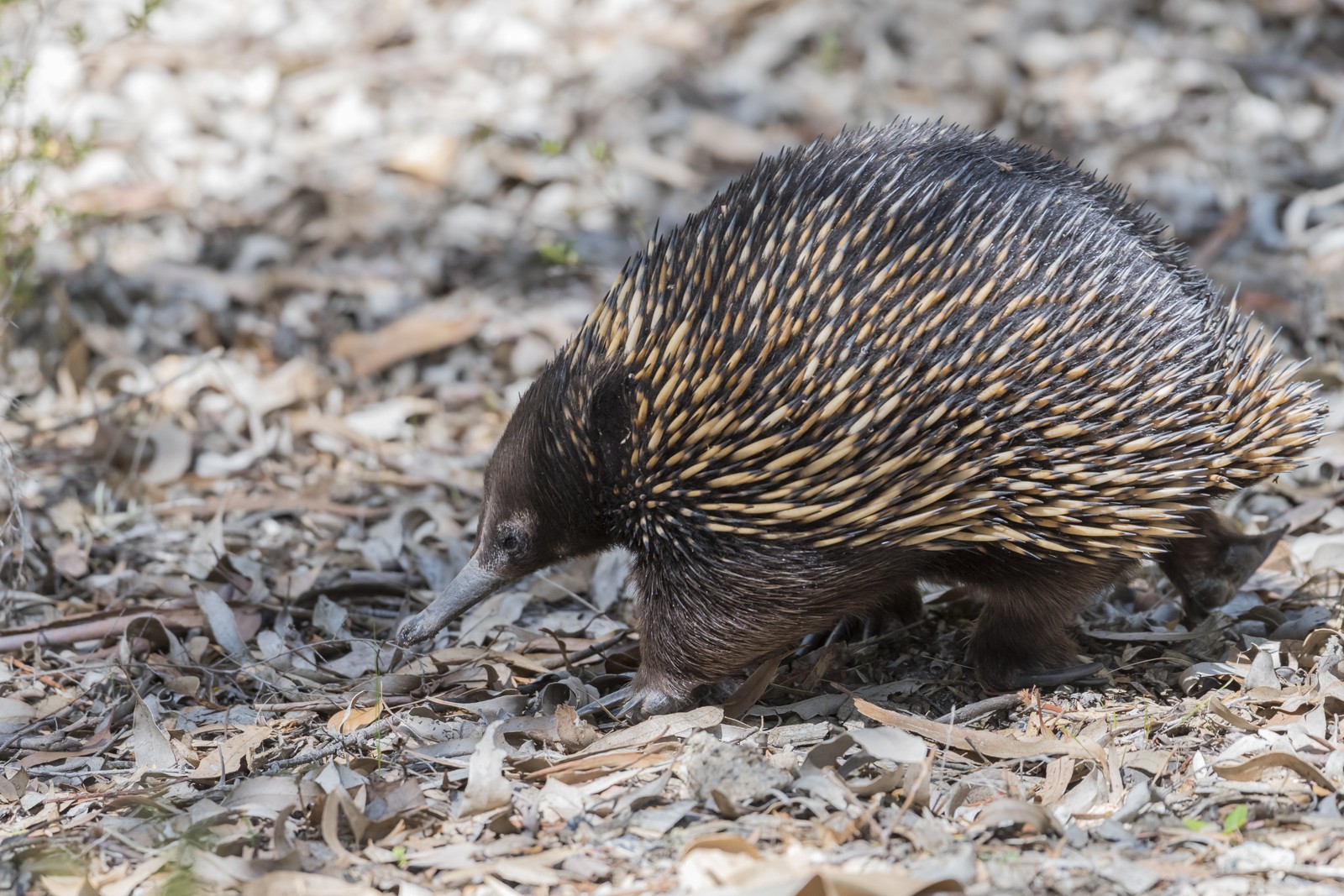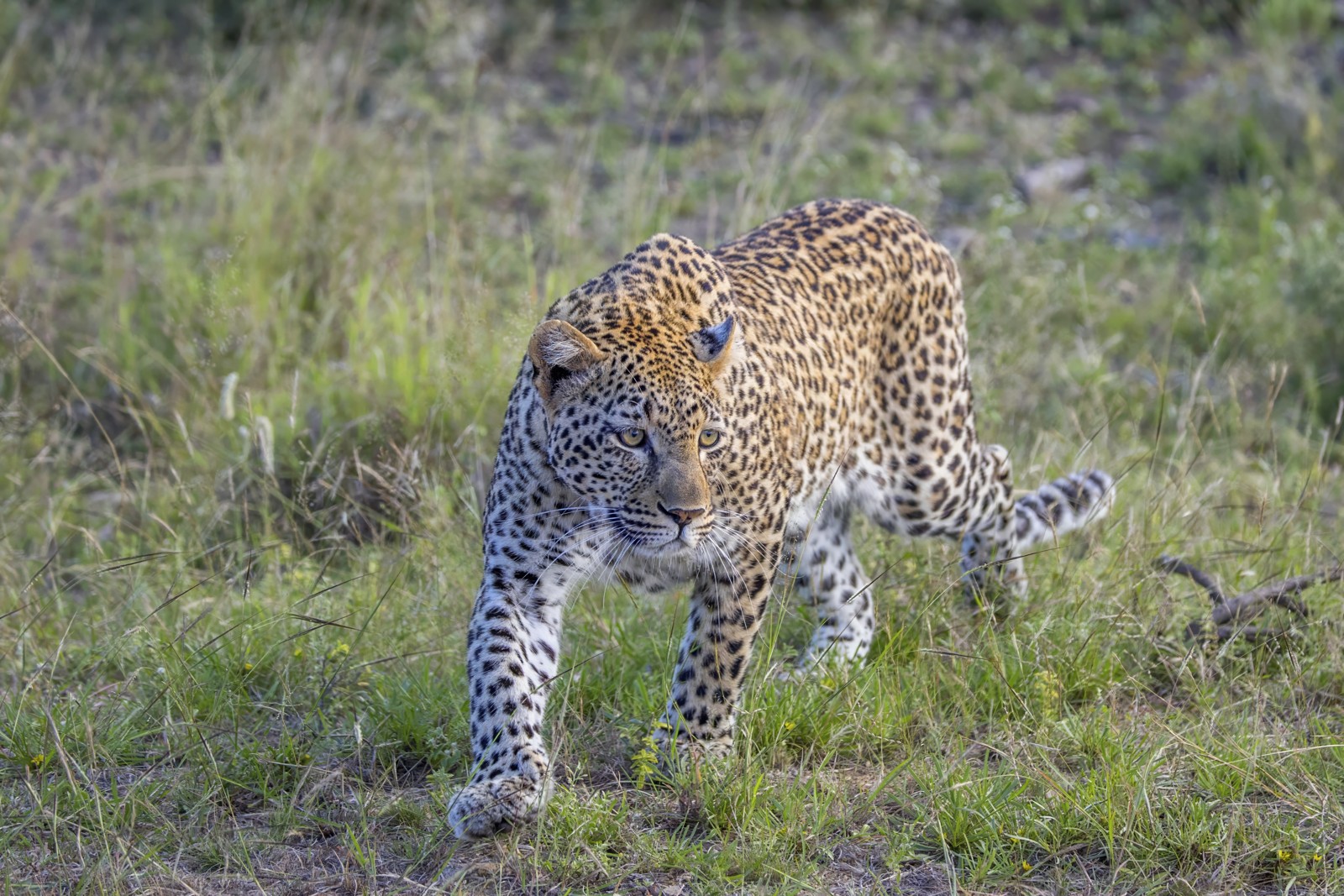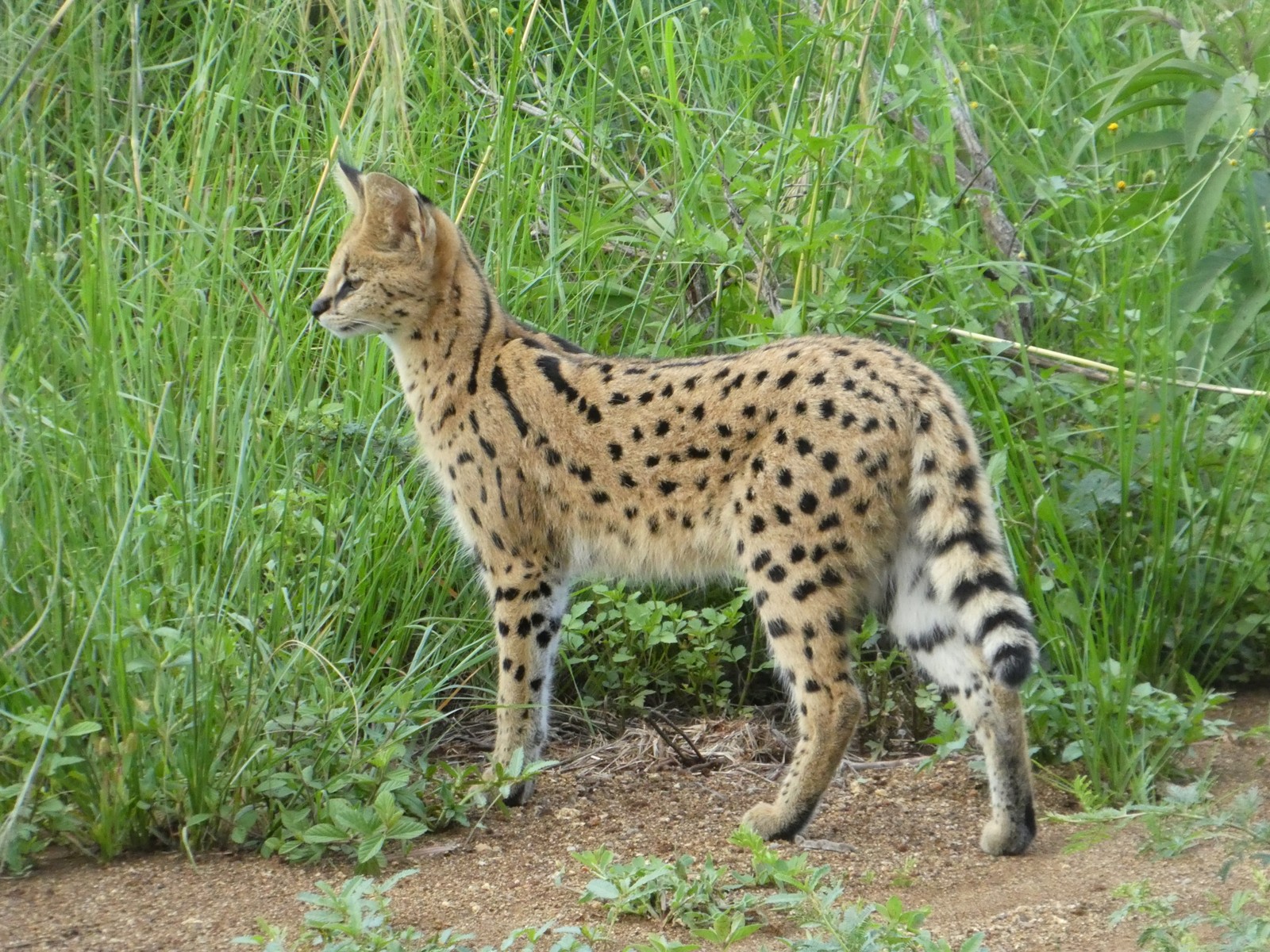African Lion vs Asiatic Lion: A Complete Comparison
The African lion and Asiatic lion, while belonging to the same species Panthera leo, have evolved distinct characteristics due to geographical separation spanning thousands of years. African lions, weighing up to 550 pounds (250 kg), typically outsize their Asiatic cousins, which reach maximum weights of 420 pounds (190 kg). This comprehensive comparison reveals the fascinating differences between these magnificent big cats.
Perhaps the most striking distinction between African and Asiatic lions lies in their population numbers and distribution. While African lions number approximately 20,000 individuals across sub-Saharan Africa, Asiatic lions are critically endangered, with only about 674 individuals remaining in India’s Gir Forest and surrounding areas.
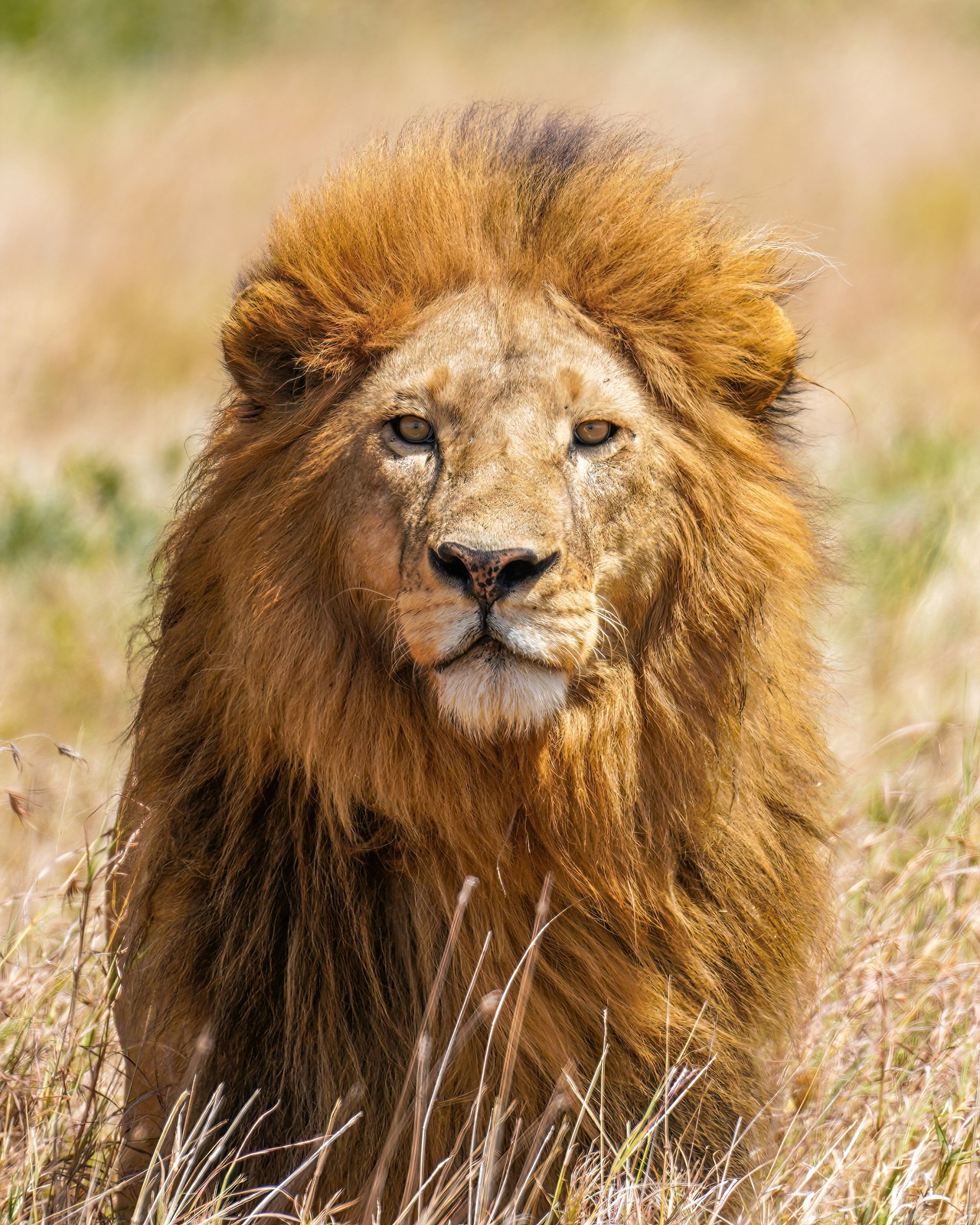
© Giles Laurent / CC BY-SA 4.0
The African lion exemplifies the classic image of a big cat ruler, with its fuller, darker mane and more robust build adapted to hunting in open savannas.
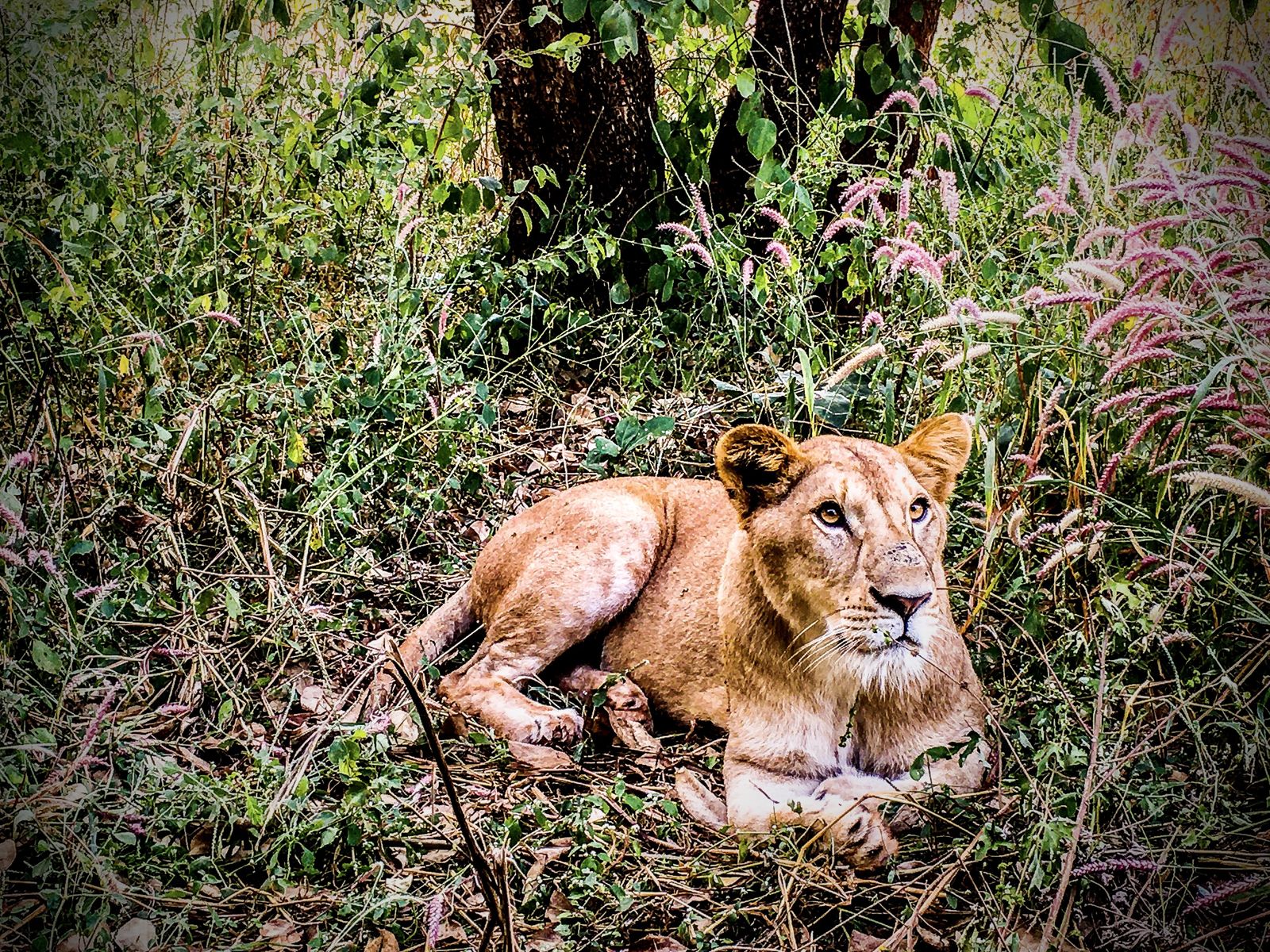
© Giridibyaranjan / CC BY-SA 4.0
The Asiatic lion showcases unique adaptations to its forest habitat, including a more compact frame and shorter, sparser mane in males.
Key Physical Differences
| Feature | African Lion | Asiatic Lion |
|---|---|---|
| Size | 8.2-9.8 ft (2.5-3m) | 6.6-8.2 ft (2-2.5m) |
| Weight (Male) | 330-550 lbs (150-250 kg) | 350-420 lbs (160-190 kg) |
| Mane | Fuller, darker, extends to chest | Shorter, less dense, doesn’t extend to chest |
| Body Shape | More muscular, larger frame | Leaner, more compact build |
| Belly Fold | Less prominent | Distinctive longitudinal fold |
| Tail Tuft | Longer, darker | Shorter, lighter colored |
Habitat and Behavior
African lions thrive in diverse habitats across sub-Saharan Africa, from open savannas to woodland-grassland mosaics. They form larger pride groups, typically consisting of 10-15 individuals. In contrast, Asiatic lions inhabit the dry deciduous forests of Gir, forming smaller prides of 2-6 individuals, an adaptation to their more densely vegetated habitat.
Hunting and Social Structure
African Lions
- Hunt primarily in open terrain
- Prefer larger prey like zebras and wildebeest
- Females hunt cooperatively in larger groups
- Pride territories span 100-250 square miles
Asiatic Lions
- Adapted to forest hunting techniques
- Target deer, antelope, and domestic livestock
- Smaller hunting groups
- Territories average 40-65 square miles
Conservation Status and Threats
The conservation status of these subspecies differs dramatically. African lions face habitat loss and human conflict but maintain viable populations across multiple countries. Asiatic lions, having survived a near-extinction event in the early 20th century, face more severe challenges:
- Limited genetic diversity
- Single population vulnerability
- Increasing human encroachment
- Disease risks due to population concentration
Who Would Win in a Confrontation?
While theoretical matchups fascinate many, comparing fighting abilities between African and Asiatic lions proves complex. African lions generally possess size and weight advantages, but both subspecies demonstrate similar hunting capabilities and strength relative to their body size. Environmental factors and individual variation would likely determine any theoretical outcome rather than subspecies-specific traits.
Future Prospects
Conservation efforts continue for both subspecies, with different challenges and approaches:
- African lions require vast transboundary protection initiatives
- Asiatic lions need genetic diversity management and new habitats
- Both face increasing human-wildlife conflict challenges
- Climate change impacts require adaptive management strategies
Understanding these differences between African and Asiatic lions proves crucial for conservation efforts and appreciating the remarkable adaptability of these magnificent big cats. While they share a common ancestor, their distinct evolutionary paths have produced unique characteristics that make each subspecies remarkable in its own right.

